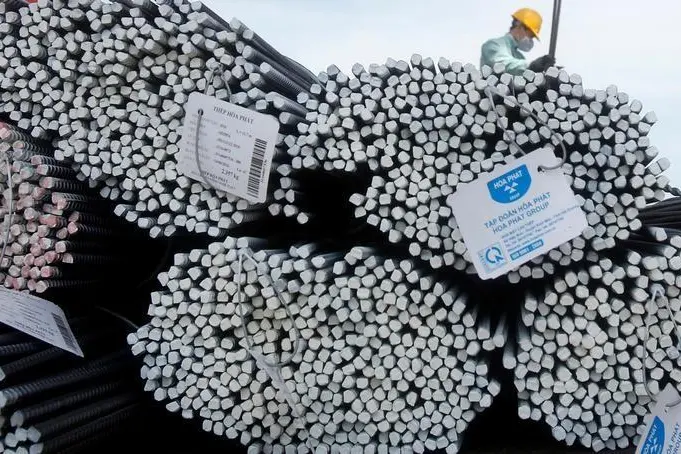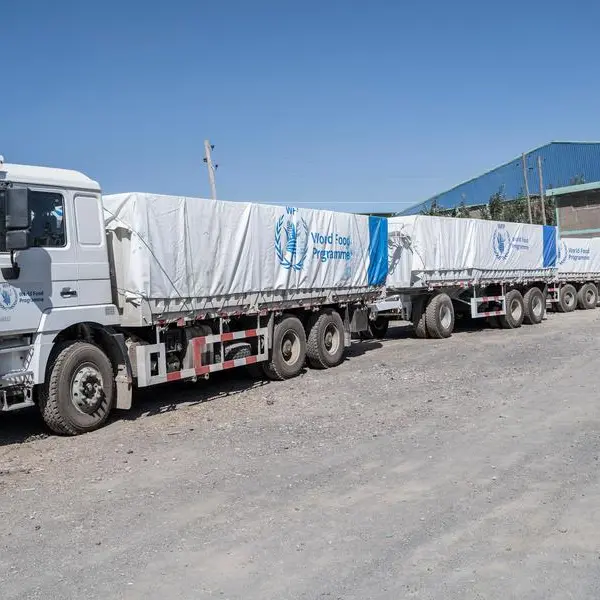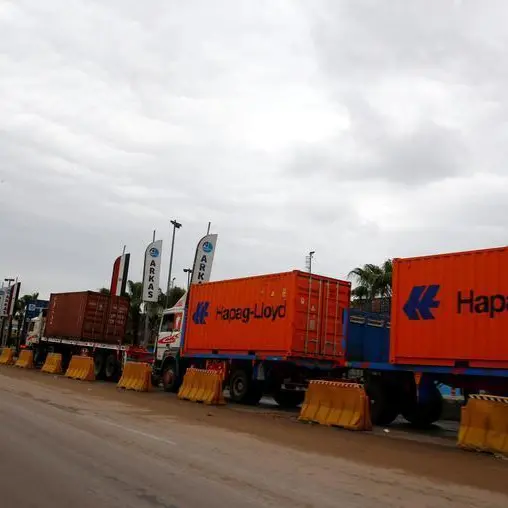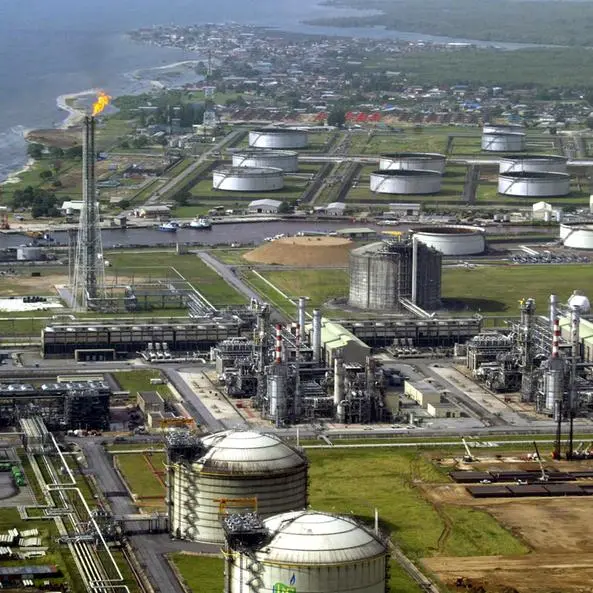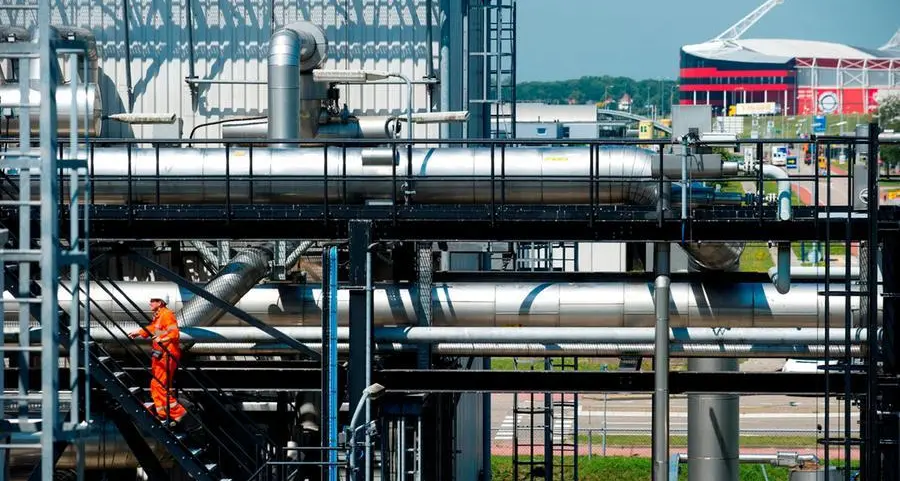PHOTO
The global steel demand will reach 1,657.9 million tonnes in 2018, an increase of 2.1 per cent over 2017, a World Steel Association (worldsteel) report said.
In 2019, it is forecasted that global steel demand will grow by 1.4 per cent to reach 1,681.2 million tonnes.
Worldsteel is a non-profit organisation based in Belgium with more than 170 members representing 85 per cent of the world's steel production.
Worldsteel, headed by Saeed Ghumran Al Remeithi, Emirates Steel chief executive officer and the chairman of the worldsteel economic committee, released its Short Range Outlook (SRO), during its bi-annual meeting Tokyo, Japan.
Commenting on the outlook, Al Remeithi said: “In 2018, global steel demand continued to show resilience supported by the recovery in investment activities in developed economies and the improved performance of emerging economies. Demand for steel is expected to remain positive into 2019.”
“While the strength of steel demand recovery seen in 2017 was carried over to 2018, risks have increased. Rising trade tensions and volatile currency movements are increasing uncertainty. Normalisation of monetary policies in the US and EU could also influence the currencies of emerging economies,” he added.
"In the Middle East region, steel demand increased by 2.1 per cent, reaching 54.5 million tonnes this year. In 2019, steel demand is anticipated to grow by 1.2 per cent to reach 55.1 million tonnes. Structural reforms and rising oil prices have helped boost the slow upward growth of steel in the GCC region,” Al Remeithi concluded.
Global steel demand trends and highlights for 2018 and 2019:
China: In the first half of 2018, Chinese steel demand got a boost from the mini stimulus in real estate and the strong global economy. However, continued economic rebalancing efforts and toughening environmental regulations will lead to deceleration of steel demand toward the end of 2018 and 2019.
Both downside and upside risks exist for China. Downside risks come from the ongoing trade friction with the US and a decelerating global economy. However, if the Chinese government decides to use stimulus measures to contain the potential slowdown of the Chinese economy in the face of a deteriorating economic environment, steel demand in 2019 will be boosted.
US: Steel demand in developed economies is expected to increase by 1.0 per cent in 2018 and 1.2 per cent in 2019. US steel demand grew strongly in 2017, benefiting from strong consumer spending and business investment supported by tax and regulatory changes and fiscal stimulus, although growth in the construction sector moderated. Steel demand growth in 2019 is expected to slow as auto manufacturing and construction activity is expected to see modest growth. The manufacturing sector is expected to perform well thanks to the strength of the machinery and equipment sector.
European Union: The broadening recovery of EU steel demand is expected to continue, though at a reduced pace, mainly driven by domestic demand. With business confidence high, investment and construction continued to recover while the automotive market may see slower demand growth. Though the economic fundamentals of the EU economy remain relatively healthy, steel demand in 2019 will show some deceleration over the growth seen in 2017-18, partly due to uncertainties resulting from global trade tensions.
Japan and Korea: Steel demand in Japan is expected to remain stable due to supportive factors on investment (record-high corporate earnings, the continuation of monetary easing, demand associated with the Tokyo Olympics and the increasing need for labour-saving investments). Steel demand in Korea will contract further in 2018 with all its major steel using sectors struggling. Only a minor recovery is expected in 2019.
India: As India recovers from the twin shocks of demonetization and the goods and services tax (GST) implementation, India’s steel demand is expected to move back to a higher growth track. Steel demand will be supported by improving investment and infrastructure programmes.
Association of South East Asian Nations (Asean) region: Sluggish construction activities and stock adjustments led to slow growth of steel demand in the Asean region in 2017 and 2018, but demand in the Asean region is expected to resume its growth momentum backed by infrastructure programmes in 2019 and onwards. Steel demand in developing Asia excluding China is expected to increase by 5.9 per cent and 6.8 per cent in 2018 and 2019 respectively.
Turkey and Russia: Even with the rise in oil prices, growth in steel demand in Russia is expected to show weak momentum. Turkish steel demand is expected to contract in 2018 with the currency crisis it has faced, but the government’s stabilization measures and a consequent return to the competitiveness of the manufacturing sector is expected to help recovery in 2019.
Latin American: Steel demand in the Latin American economies is continuing its second year of recovery backed by positive developments in the domestic and the global economy. Steel demand in Brazil continued its stable recovery in 2018. This will continue into 2019 as election fever subsides. Steel demand in Mexico has suffered from uncertainties related to the NAFTA negotiation and the election, but the recent signing of USMCA and the new President calming jittery markets are expected to help the economy to recover slowly in 2019.
Steel demand in the emerging economies excluding China is expected to grow 3.2 per cent and 3.9 per cent in 2018 and 2019 respectively, it stated. – TradeArabia News Service
© Copyright 2014 www.tradearabia.com
Copyright 2018 Al Hilal Publishing and Marketing Group Provided by SyndiGate Media Inc. (Syndigate.info).
